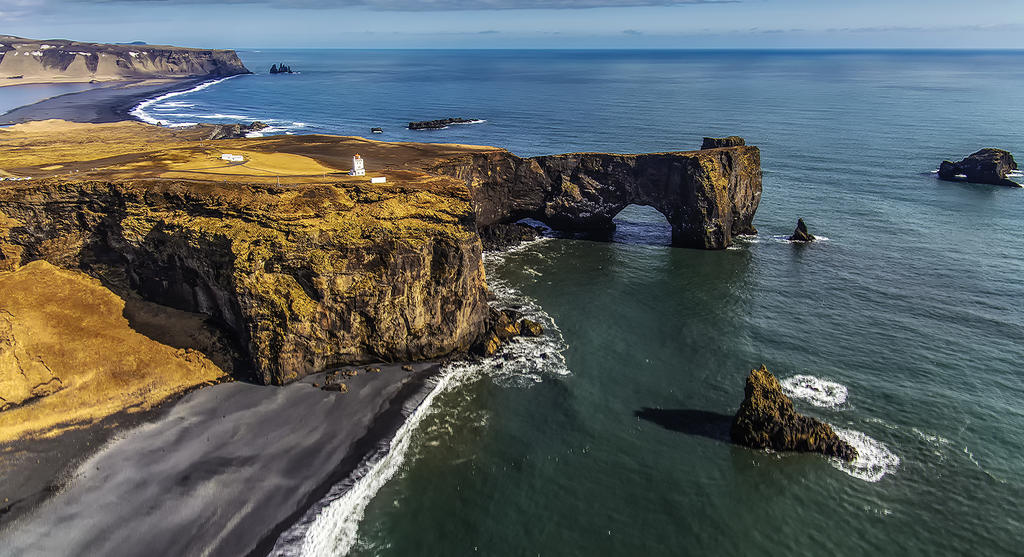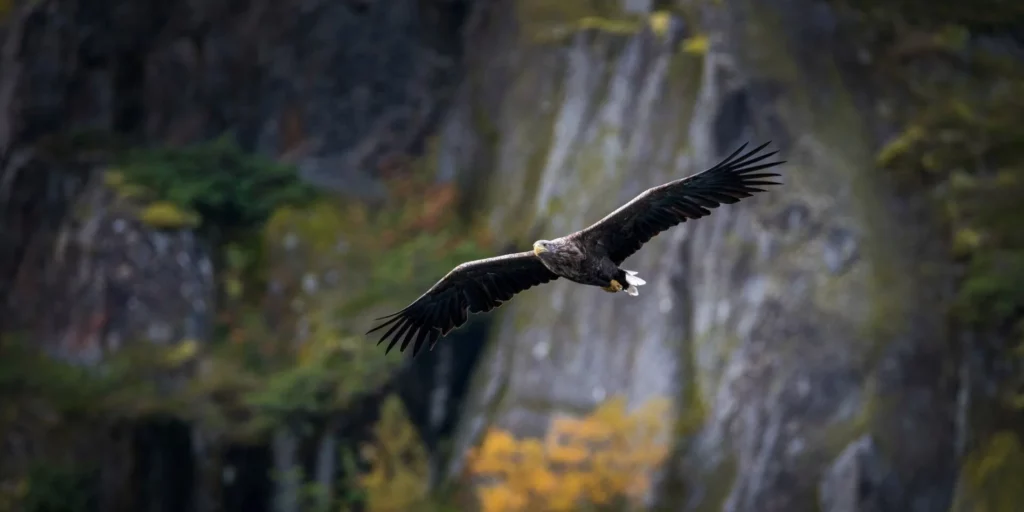
A variety of landscapes make it conducive for Iceland to become a hotbed of bird activity
It is not a rare sight to spot a puffin at play, amidst a field of daisies here. Conferred the title of ‘Birdwatcher’s Paradise’, it is no mean achievement for Iceland to keep this crown unchallenged in the current world of melting glaciers and augmenting global warming.
The Nordic nation has long served as a breeding ground for an opulent birdlife and diverse avian species owing to several factors at play. There are over 370 bird species recorded in Iceland and of them, 75 breed in Europe’s westernmost island nation itself. A variety of landscapes such as volcanoes, mountains, glaciers, grasslands and bogs along with its predominantly subarctic vegetation, makes it conducive for the country to become the region’s hotbed of bird activity. Though chances of spotting birds, even exotic ones, here is high anywhere on the island, here are some of the spots highly recommended for avid ornithologists.
Lake Mývatn

Lake Mývatn is home to the most species of nesting ducks
Translating from Icelandic to mean the Lake of Midges, the name is ascribed to the region owing to the large numbers of midges, or tiny flying insects, seen in the summer. Both the coastline and the waters of Lake Mývatn, a volcanic lake in northern Iceland, host a diversity of birds, including Tufted Duck and Wigeon flocks. Gadwall, Scaup, Red-throated Diver, Slavonian Grebe, Pintail and Red-breasted Merganser are some others to be spotted in this area.
It is also said that the lake is home to the most species of nesting ducks and a vital breeding ground for numerous waterfowl species like various duck species, Slavonian grebes, red-necked phalaropes and great northern divers. Located at the farm Ytri Neslönd by the bay, an interactive, natural history museum called the Sigurgeir’s Bird Museum also adds to the visitors’ experience.
Látrabjarg Bird Cliffs, Westfjords

Látrabjarg Bird Cliffs in Westfjords is Europe’s biggest seabird cliffs
Látrabjarg bird-cliff in the Westfjords of Iceland is the largest seabird colony in Iceland and one amongst Europe‘s biggest seabird cliffs. Puffins frequent the grassy, high-elevation cliff areas, especially from mid-May until late August, whereas the best time to see other birds is in the summertime. And when visitors are lucky, they might as well sometimes spot seals resting on a rock or whales swimming around in the ocean. Other species among its diverse concentration of seabirds are razorbills, arctic terns, white-tailed eagles, guillemots, fullmars, gannets and more that can be spotted, if only not lost between the majestic vistas.
Dyrhólaey Nature Reserve
Dyrhólaey, on the southern coast of Iceland, is appreciated for hosting both indigenous and migratory birds as well. During the breeding season, puffins, known for their colourful beaks and a distinctive appearance, are commonly spotted flying to and from the ocean. And, the volcanic peninsula of Dyrhólaey features an ideal vantage point to observe these charming seabirds up close. To add on to the overall experience, Dyrhólaey has accessible and well-marked viewpoints that not only offer panoramic vistas of the surrounding coastal area, but also let birdwatchers observe the seabirds in their natural habitat without disturbing them. The best viewing season here would be July and August.
Snæfellsnes

Snæfellsnes is a common playground for sea eagles (PC : hurtigruten)
With sea cliffs that line the black sand beaches, Snæfellsnes in the western Iceland is bustling with bird activity and nesting bird colonies, especially during the summer. The diversity of birds found here include both resident and migratory, like the white-tailed eagle, also known as the sea eagle. It is common to witness the sea eagle, one of the largest predatory birds in Europe, fishing in the nearby seas and flying above the coastal cliffs. The gyrfalcon and the peregrine falcon are other raptors that can be sighted nearby. Apart from its vibrant birdlife, many other attractions in Snæfellsnes are black and white beaches, a volcano and a glacier, lava fields, waterfalls, craters, caves, villages and towns.
Westman Islands

Westman Islands are home to the gentle and agile Kittiwakes
When it comes to birdwatching, the Westman Islands are said to be a goldmine of experiences. An array of seabirds such as Common Murre, Razorbill, Black-legged Kittiwake, Manx Shearwater, Northern Fulmar and several gull species nest on the island. Its largest and only inhabited island Heimaey is home to the most important Atlantic Puffin population. Black guillemots, also known as tysties, are striking birds with black plumage and bright red feet that can be easily spotted around the Westman Islands, both on the cliffs and in the coastal waters. The Westman Islands serve as nesting grounds for the agile and graceful Arctic terns as well, which undertake impressive migrations each year.

















